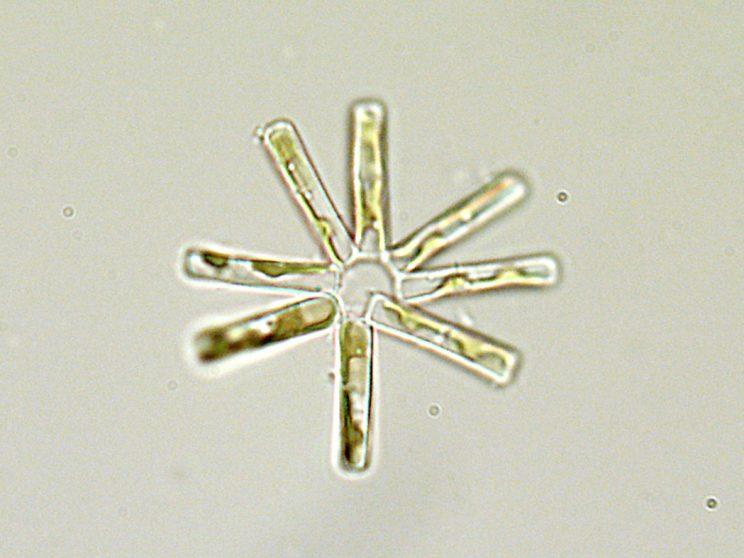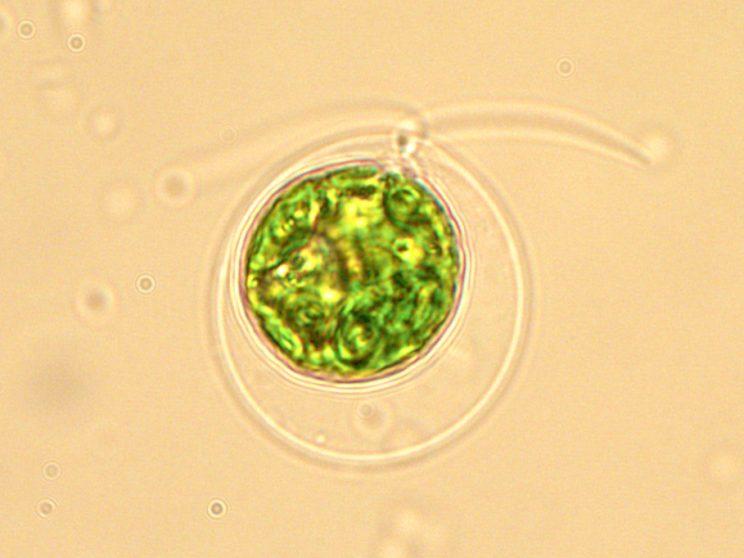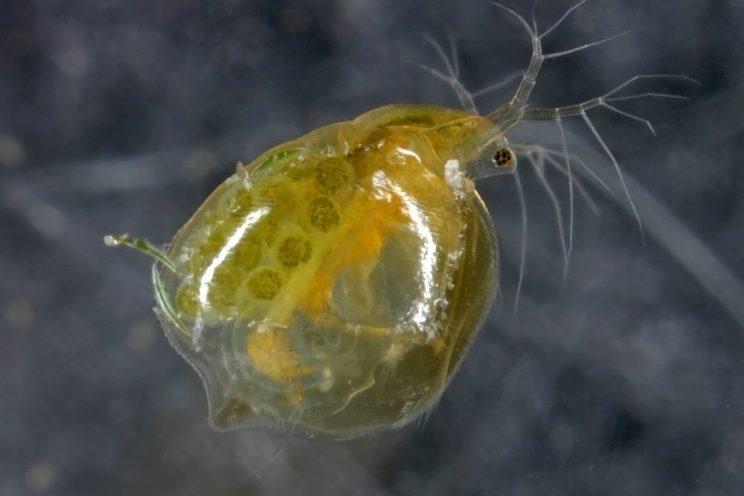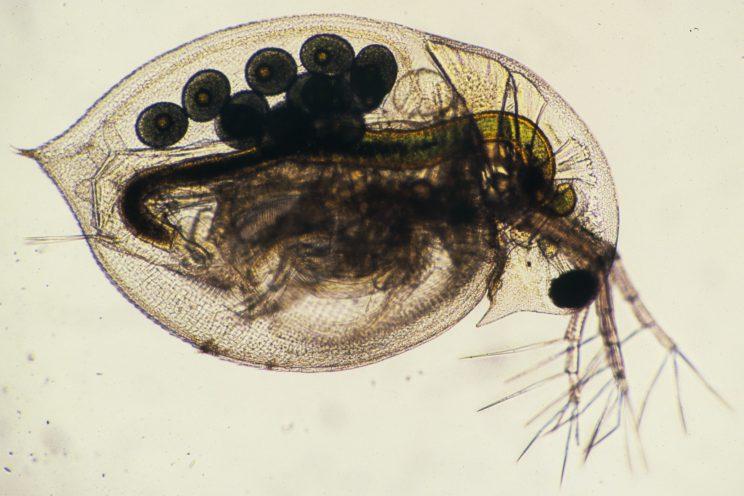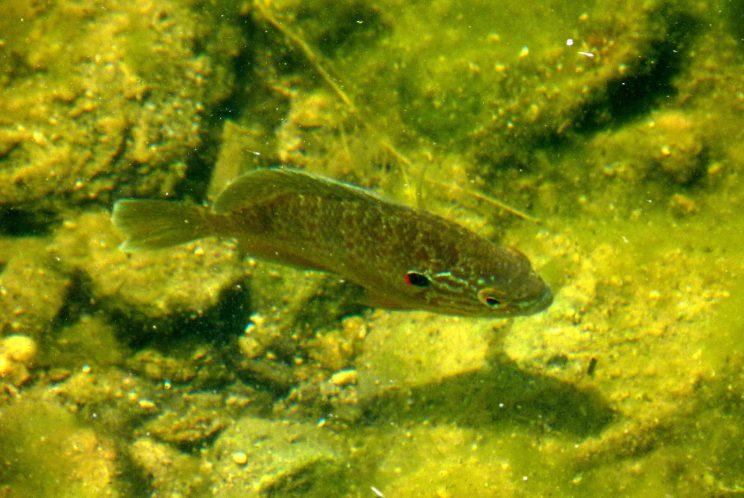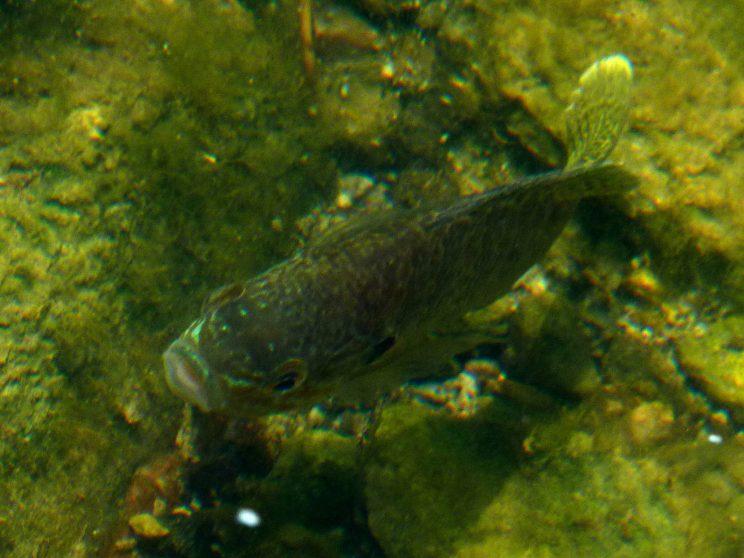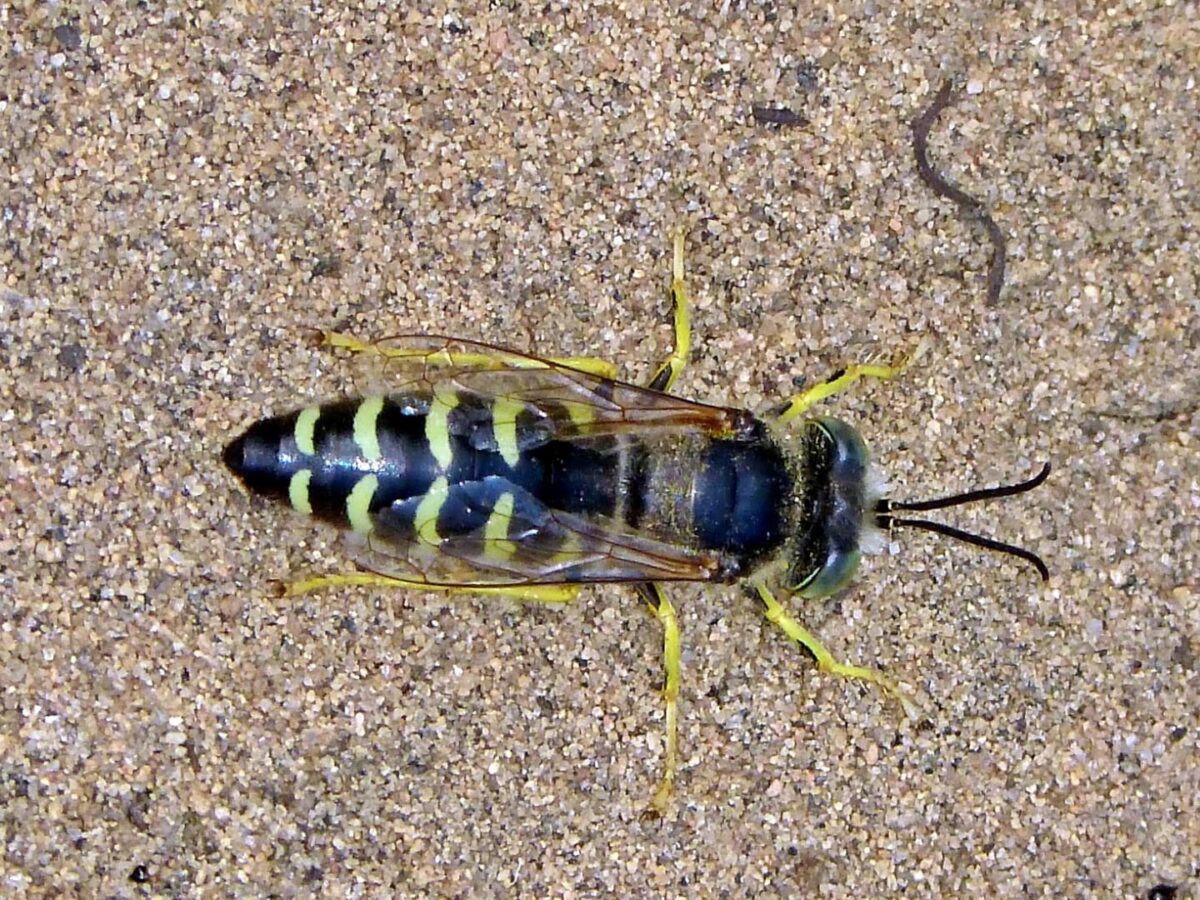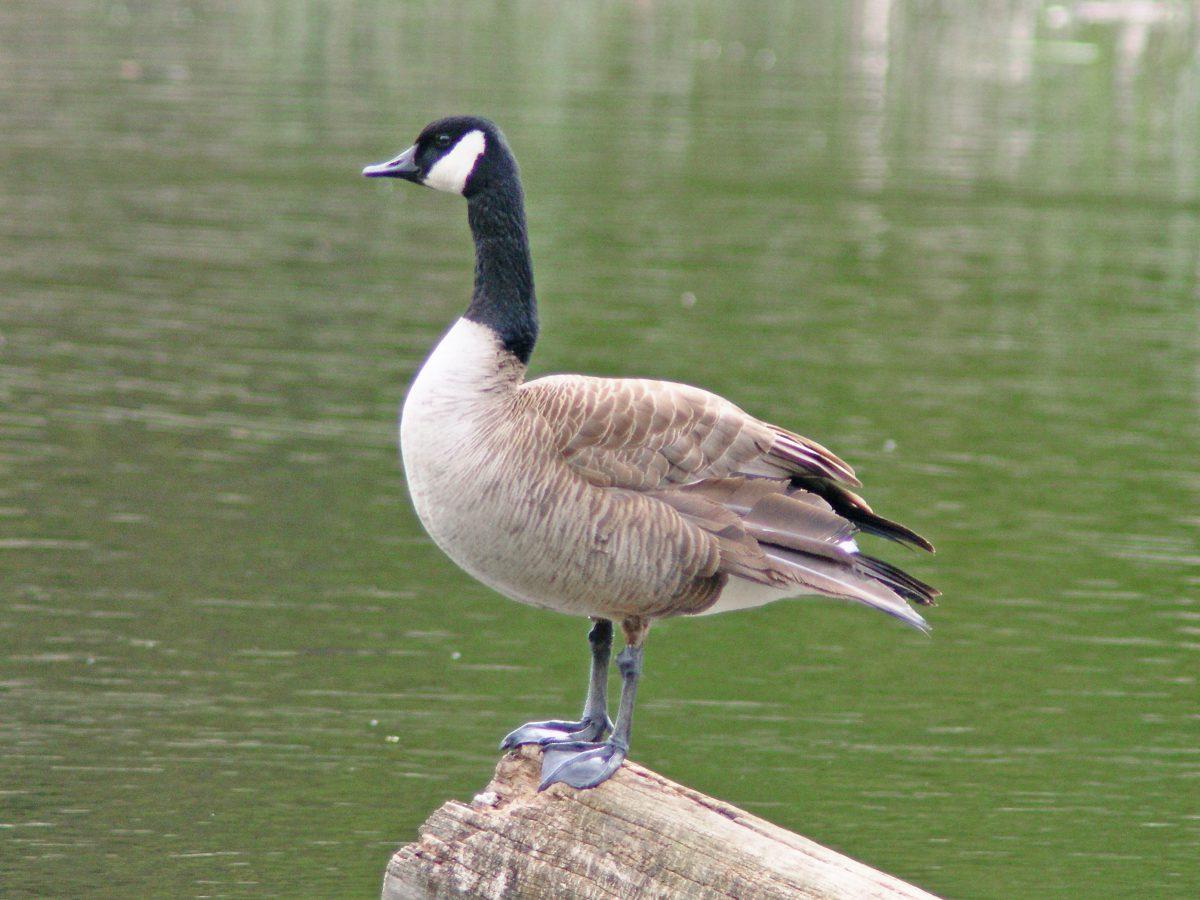Fish are an important type of wildlife in the pond, but they are only one part of a complex web of life. The web starts with the phytoplankton - diatoms, desmids and many other types of algae. Millions of these tiny single-celled plant-like organisms are eaten by the next level of microscopic creatures, the zooplankton, which are single-cell invertebrates that can propel themselves through the water. The zooplankton are then eaten by small fish, such as sunfish, which in turn are preyed upon by the top predator fish, northern pike and largemouth bass.
Fish Populations at Grenadier Pond
The fish community in Grenadier Pond has undergone considerable change in the past 150 years. Grenadier Pond and the West Pond once had a natural channel connection to Lake Ontario. In addition, fluctuations in lake-levels could have submerged the historical beach and lake water could have flooded into the ponds. The fish communities in the ponds would have reflected those that could enter into the ponds and marsh to feed and return to the lake for some or all of their life cycle (e.g. salmon, sturgeon, pike, suckers, minnows). With the direct connection to the lake replaced by sewers and weir control structures, the fish are trapped in the ponds and rely on them for all of their life cycle requirements.
The most recent detailed survey fish species in Grenadier Pond was undertaken in 1976 when Wainio et al. (1976) undertook an inventory using seine and hoop nets. Since then TRCA has done some electrofishing surveys.
Poor water quality and loss of habitat have had an impact on fish populations in High Park’s ponds and streams. The study undertaken in 1976 indicated that 17 species of fish, including game species such as northern pike, large- and smallmouth bass and yellow perch inhabited Grenadier Pond. Studies in the 1990s suggested that the fish community in Grenadier Pond had become unbalanced. Top predators such as largemouth bass and northern pike had declined sharply, while forage species such as pumpkinseeds and bluegills were proliferating. Since then, bass and pike have been released into the Pond.
With restocking and restoration efforts, the fish population in Grenadier Pond appears to be making a comeback, but it continues to face many challenges. Twelve species have been recorded in recent years. In particular, largemouth bass are showing up in a variety of sizes, a good indicator of successful reproduction of this top-level predator.
NOTE: For more up-to-date information see Fish of High Park.

Goldfish, when released into the wild, are an invasive species, preying on native species and outcompeting with them for food.
NEVER RELEASE PET FISH INTO THE WILD.
Watch the shallows near the shoreline on warm days in late spring for spawning fish. The males clear a round area for spawning on the bottom of the pond, near shore, and defend the territory.

